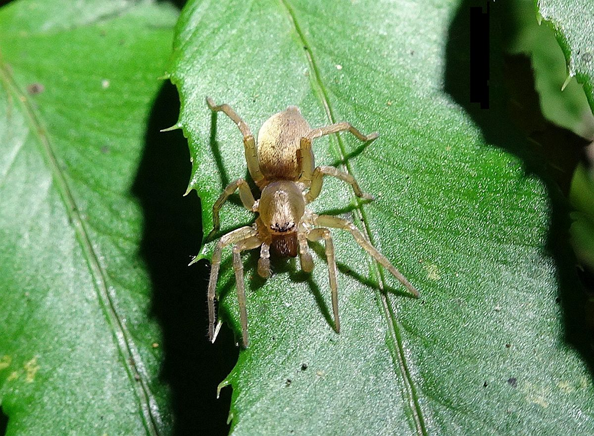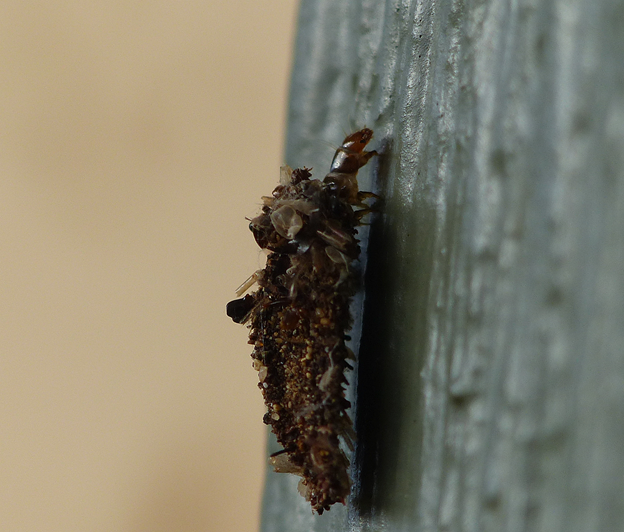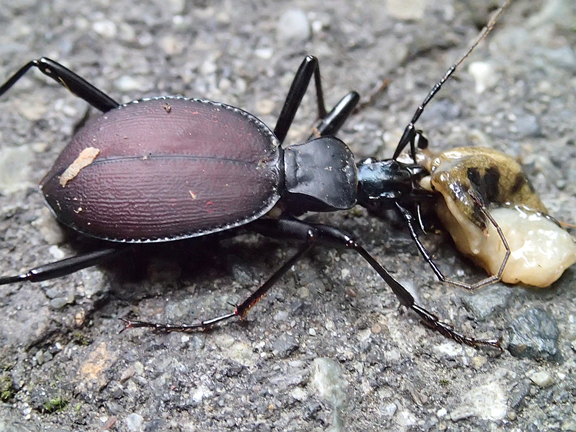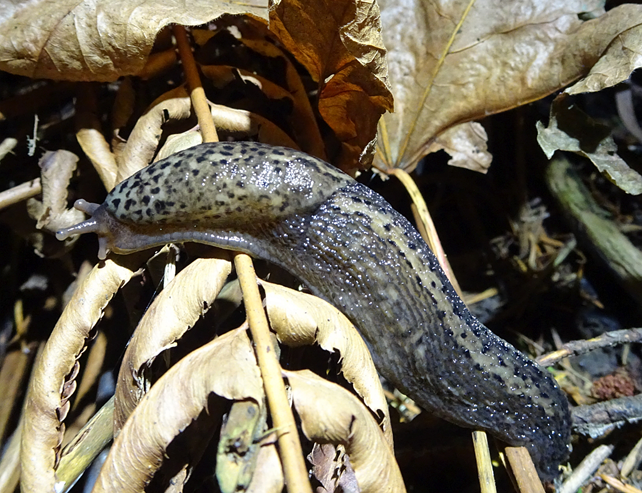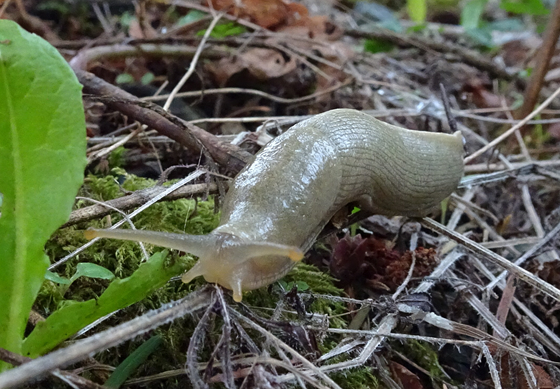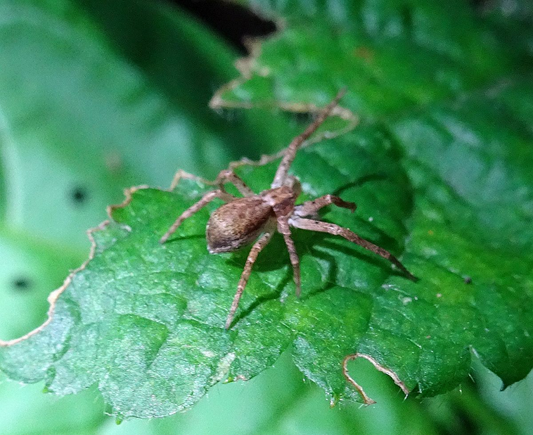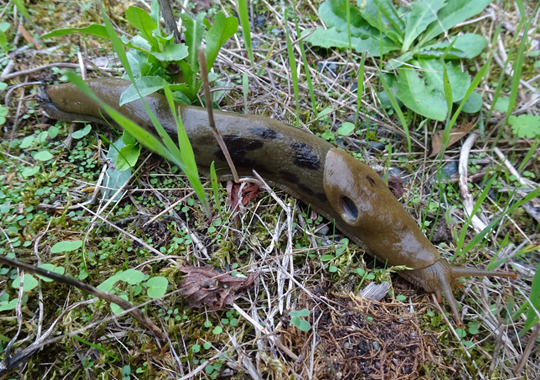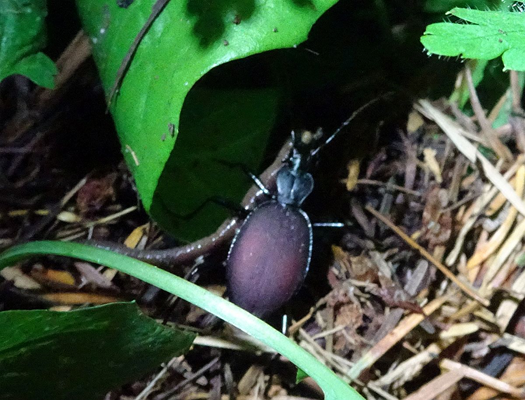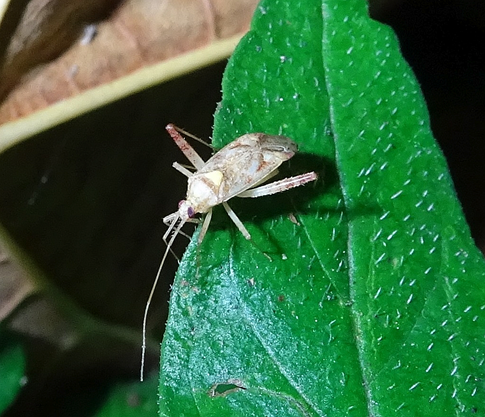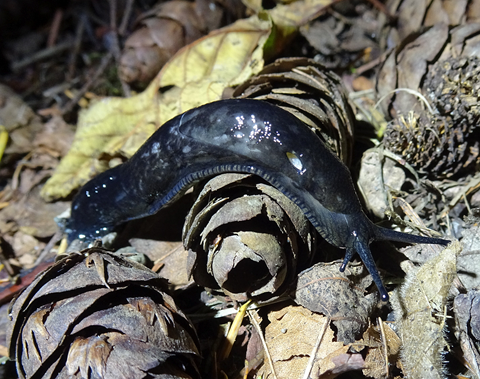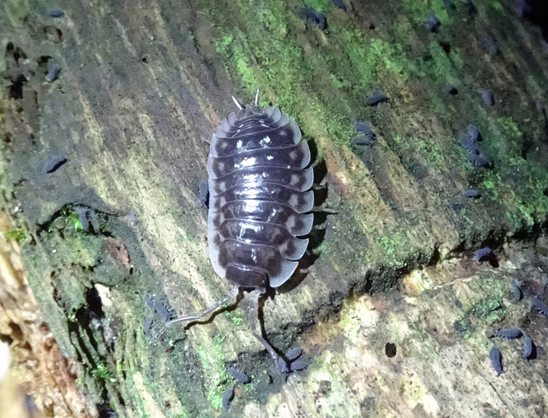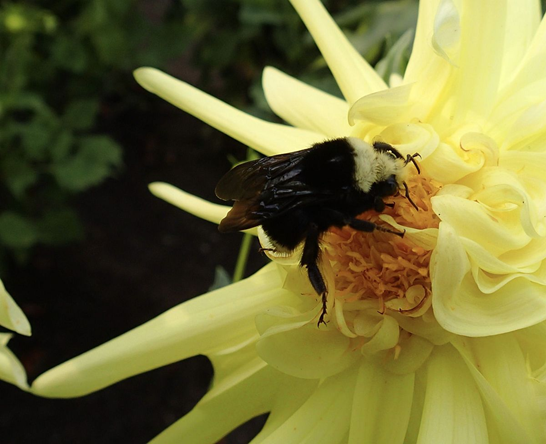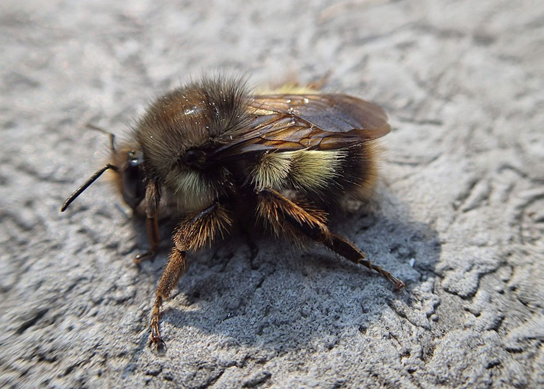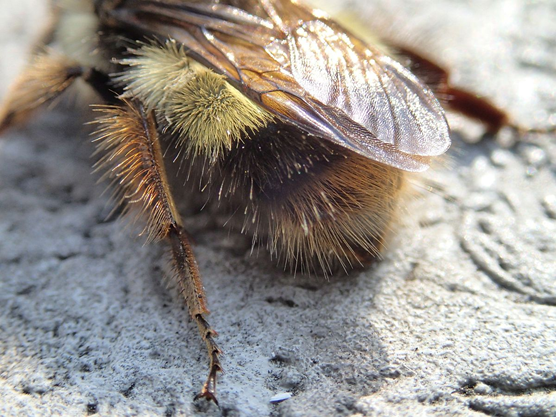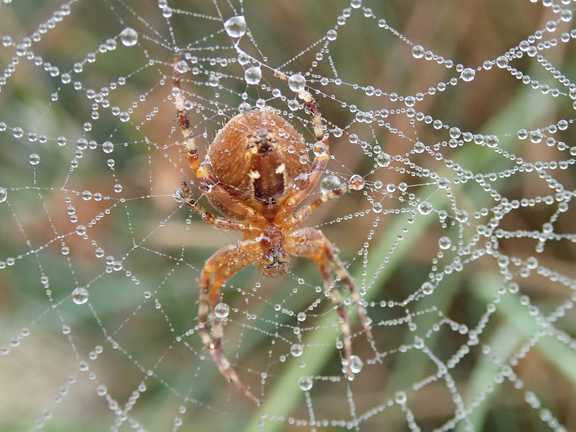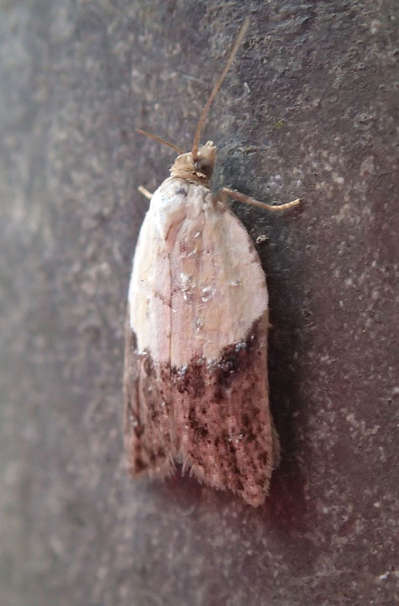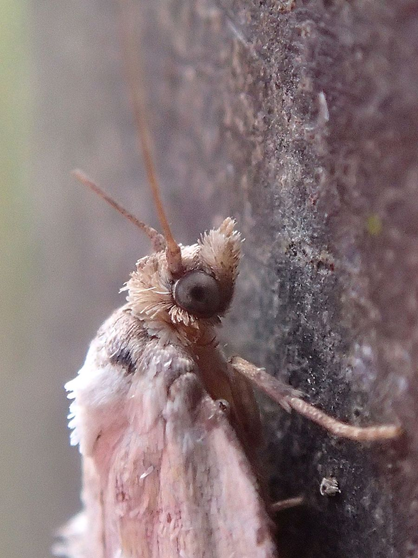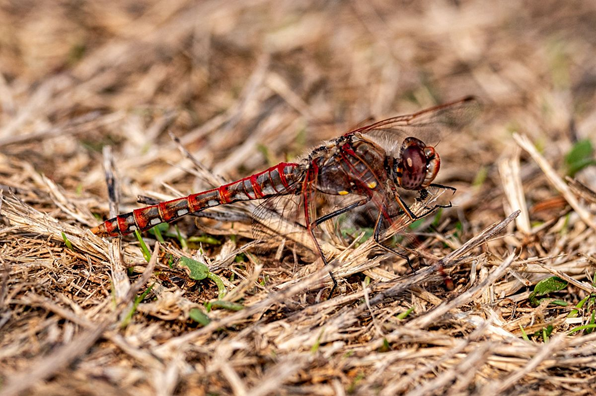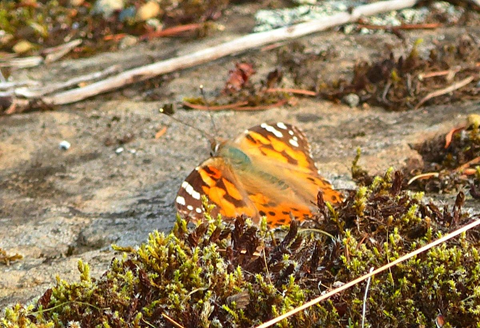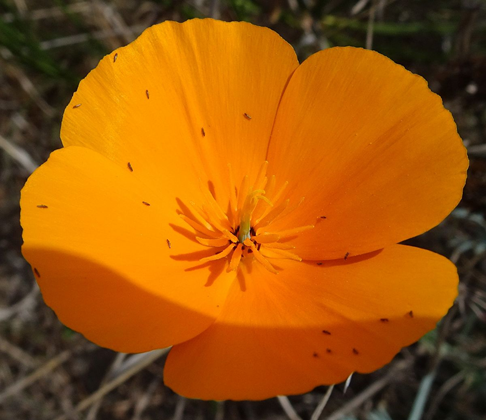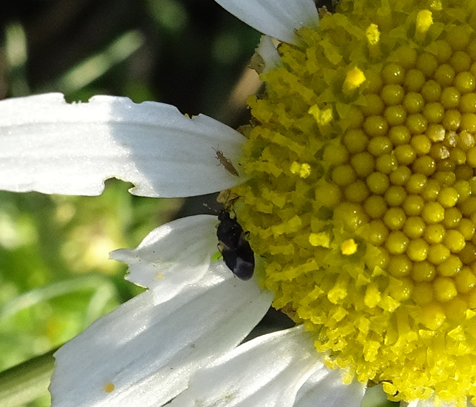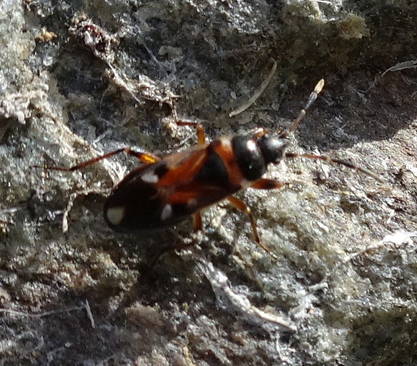2020 October 4 afternoon
(Unfortunately, because of a technical hitch, this was not posted until the morning of of October 5.)
Jeff Gaskin reports the sighting of an unidentified nymphalid butterfly (a Lady or a Red Admiral) this afternoon at 2:30 pm on Lampson Street at Bewdley Street in Esquimalt. Jeff and Jeremy Tatum are both seeing a few Cabbage Whites still.
Ian Cooper sends two more photographs from the Galloping Goose Trail near the 9 km marker. First, a caterpillar (green form) of the Large Yellow Underwing moth.
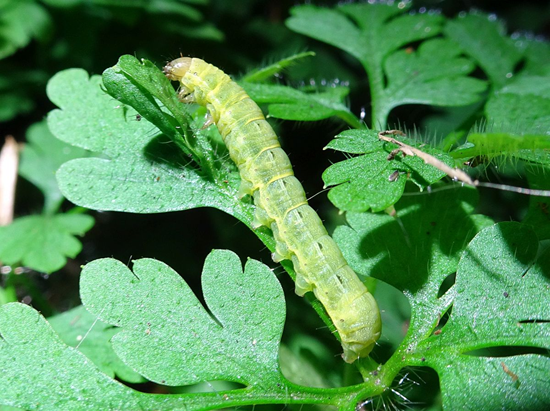
Noctua pronuba (Lep.: Noctuidae) Ian Cooper
Next, this magnificent millipede. We have been calling this “Probably Eurymerodesmidae”, but we are sure there must be someone out there who knows exactly what it is. Do let us know! (jtatum at uvic dot ca)
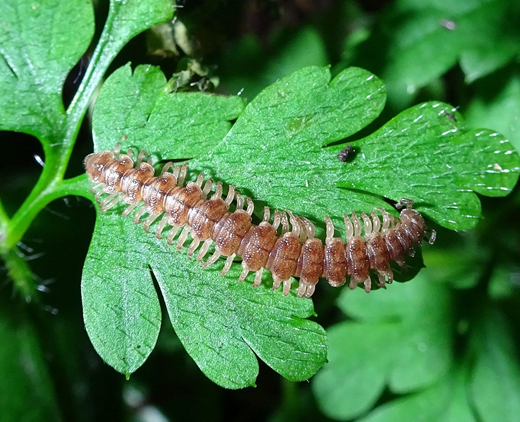
Flat-backed millipede (Polydesmida: probably Eurymerodesmidae) Ian Cooper
More tomorrow…


